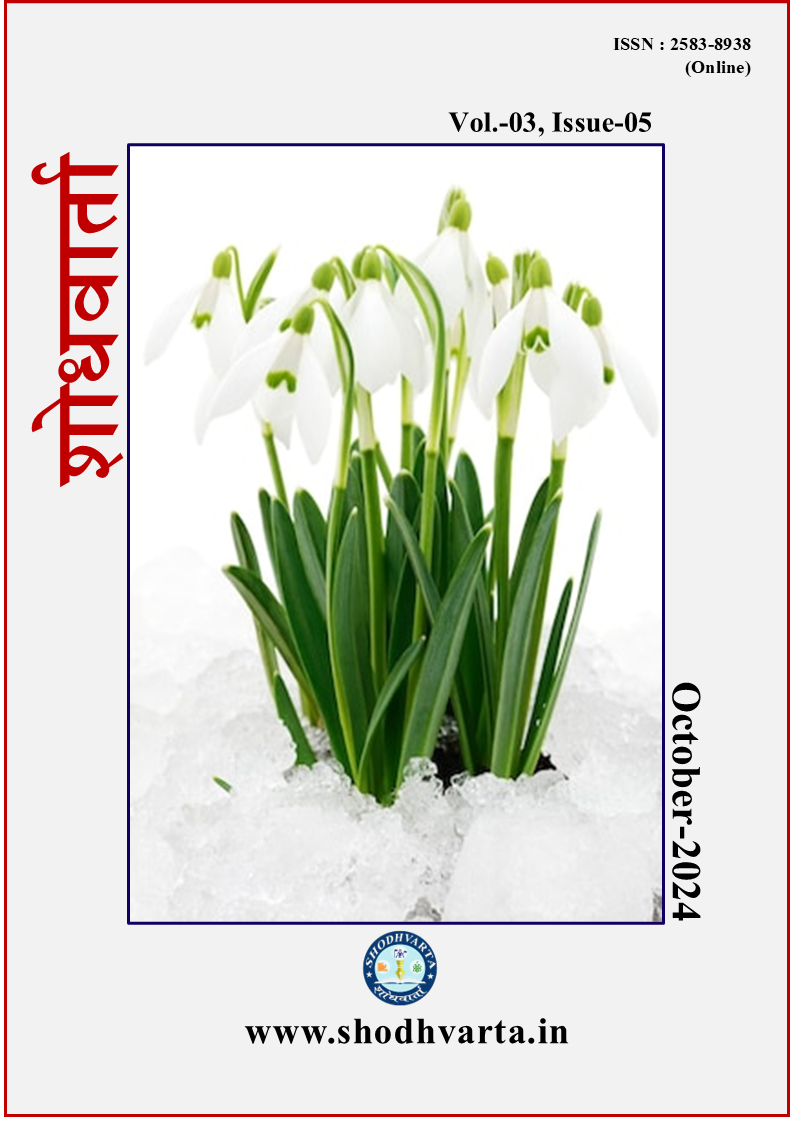Influence of Vastu Shastra and its relevance on modern building design
An analytical study
Keywords:
Architecture, Traditional Wisdom, Contemporary Relevance, Urban Planning, Historical, Cultural Values, InteriorAbstract
Vastu Shastra, an ancient Indian architectural science, has played a significant role in shaping building design throughout history, and its influence continues to be felt in modern architecture. The research aims explore the fundamental principles of Vastu Shastra, including spatial planning, orientation, material usage, and aesthetics, and their impact on traditional Indian architecture. The research also investigates the adaptation of Vastu Shastra to contemporary architectural practices and its relevance in addressing modern challenges, such as urban planning, sustainability, and human well-being. By exploring the cultural and historical significance of Vastu Shastra, this study highlights how its principles have informed the design of temples, palaces, and residential spaces, promoting harmony between structures and their natural surroundings. In the context of modern architecture, Vastu Shastra's emphasis on sustainable materials, natural ventilation, and spatial harmony aligns with current trends in eco-friendly and human-centered design. Using secondary research methods, including literature reviews, case studies and online archives and databases, the findings reveal that Vastu Shastra remains relevant in contemporary architectural practices. Its principles continue to guide the creation of spaces that enhance well-being and environmental harmony, though challenges persist in integrating these concepts into dense urban environments. The study underscores the potential of Vastu Shastra to offer timeless architectural solutions that bridge tradition and modernity.
Downloads
References
Aswathy, G.R.(2021). Fundamental principles of vāstuśāstra. International Journal of Sanskrit Research , 7(2), 16-18.
Chandrakar, S., & Parvez, N. (2022). Practical application of Vastu Shastra in Indian residential building. International Journal of Creative Research Thoughts, 10(5), 410-429.
CMR Blog. (2023, September 12). The future of architecture in India: A bright future for the creative and sustainable. CMR Blog. https://www.cmr.edu.in/blog/the-future-of-architecture-in-india-a-bright-future-for-the-creative-and-sustainable/
Dash, S., & Joshi, M. (2022). Redefining Vastu Shastra principles with reference to contemporary architectural practices in India. Journal of Pharmaceutical Negative Results, 13(8), 349-358.
Fazeli, H., & Goodarzi, A. (2010). The principles of Vastu as a traditional architectural belief system from an environmental perspective. WIT Transactions on Ecology and the Environment, 128, 97-108.
Gupta, R. (2016). Comparison of Vastu Shastra with Modern Building Science. International Journal of Research and Scientific Innovation (IJRSI), 118-121.
Jagannathan, R. (2019). VĀSTU-ŚĀSTRA–a Sustainable Design Methodology. Creative Space, 6 (2), 79-84.
Pandey, A. (2020). The ancient Indian science of Vaastu Shastra & climate responsive buildings in the 21st century. International Journal of Science and Research, 9(11), 142-149.
Singh, P. Y. P., & Parashar, P. R. (2018). Lessons from Vedic building science and contemporary examples in India. International Journal of Emerging Technologies and Innovative Research, 5(5), 1081-1086.
Suriyanarayanan, S., Muthu, D., & Venktasubramanian, C.(2016). Application of Vasthu Sastra In Modern Architecture. International Journal of Civil Engineering and Technology (IJCIET), 7(6),686-697.
Team Kaarwan. (2024). Historical context of the Vastu Purush in Indian architecture. Kaarwan Blogs. https://www.kaarwan.com/blog/architecture/historical-context-evolution-vastu-purush-concept-indian-architecture?id=948
Wahaj, A. F. (2019). The science of Vaastu in architecture. Research in Infrastructure Designing, 2(2), 1-3. https://www.vastushastraguru.com/vast
Downloads
Published
Issue
Section
Categories
License
Copyright (c) 2024 Harjinder Kaur

This work is licensed under a Creative Commons Attribution-ShareAlike 4.0 International License.





